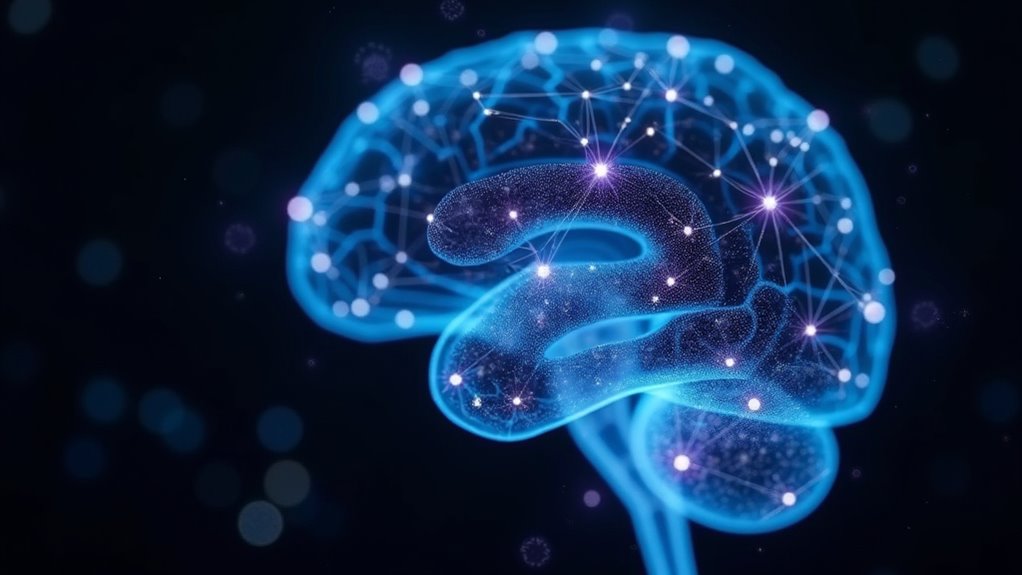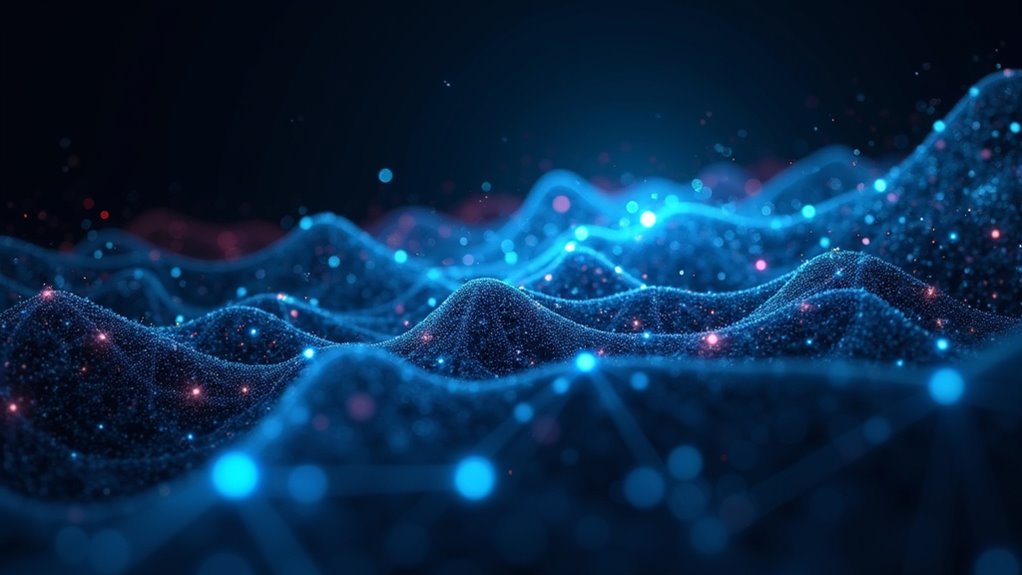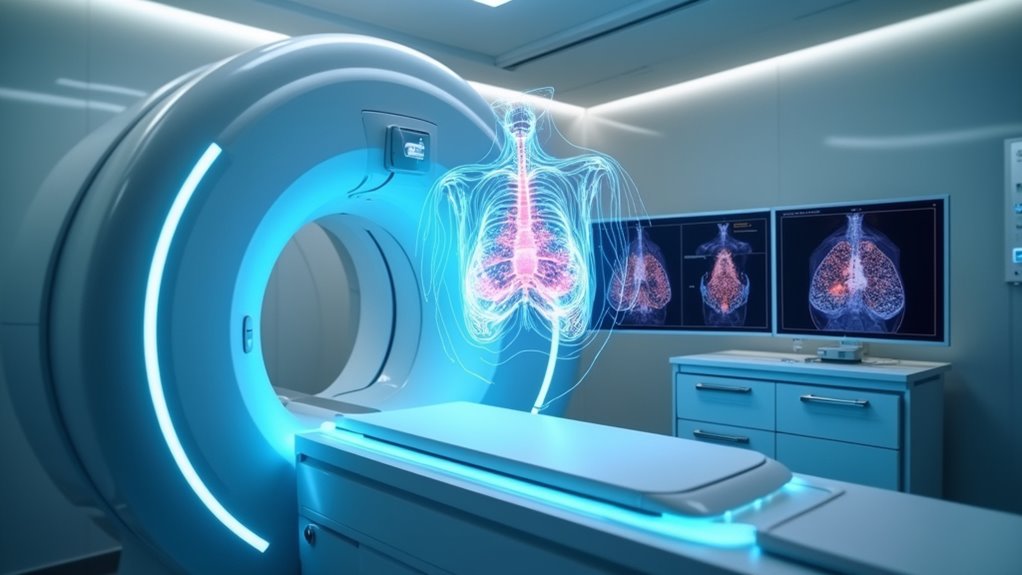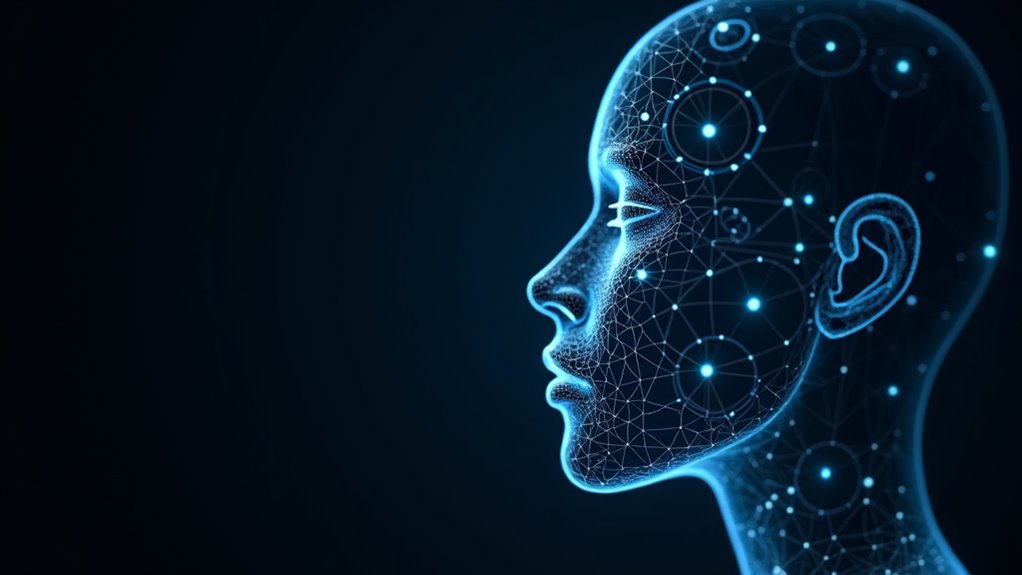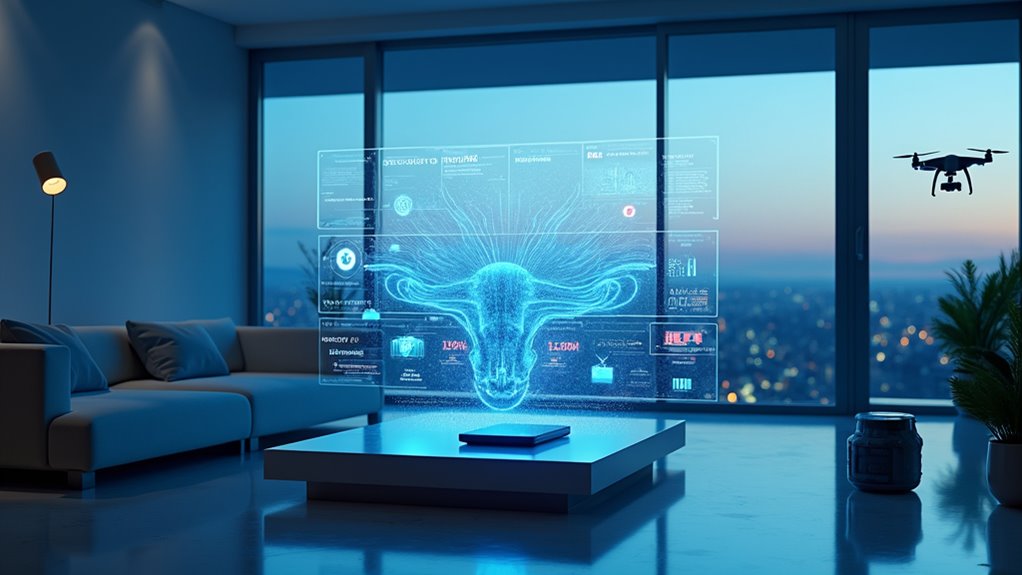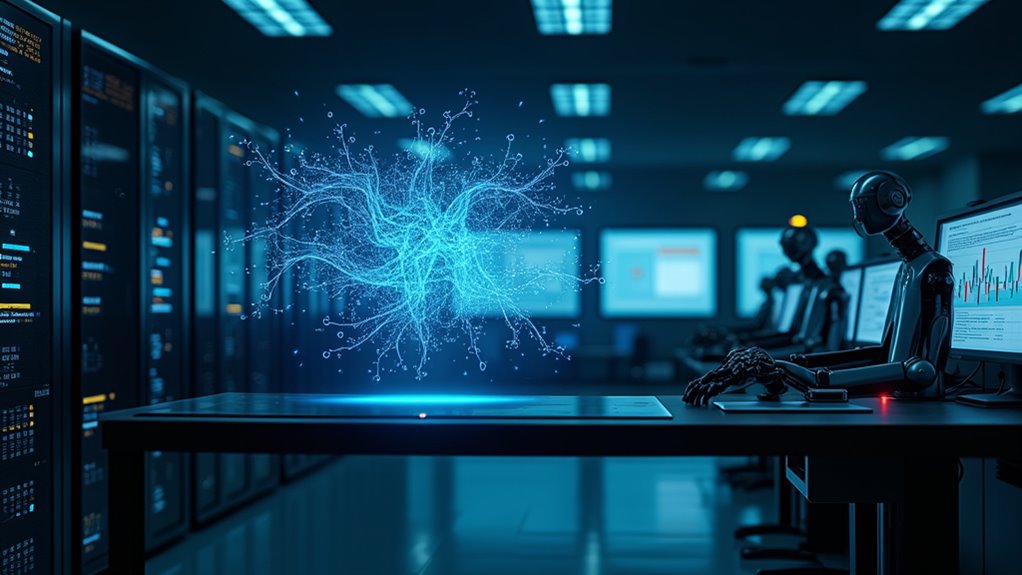While doctors have long struggled to pinpoint Parkinson’s disease with certainty, artificial intelligence is changing the game. The old days of poking, prodding, and guessing are giving way to sophisticated AI systems that can spot the telltale signs of this devastating disorder. And it’s about time – because getting it wrong isn’t just inconvenient, it’s life-altering.
Enter the AIDP software, a clever piece of tech that’s revolutionizing how we look at brain scans. It takes ordinary MRI images and turns them into goldmines of diagnostic information. No more invasive tests. No more waiting and wondering. The software analyzes water diffusion in the brain, and boom – it helps doctors distinguish Parkinson’s from similar conditions. Twenty-one research sites can’t be wrong; this stuff actually works. Advanced AI systems can process these scans with superior diagnostic accuracy compared to human radiologists.
But wait, there’s more. MIT researchers have outdone themselves with an AI system that watches you breathe while you sleep. Sounds creepy? Maybe. But this WiFi router lookalike is quietly changing the game. No wires, no sensors – just a device silently monitoring breathing patterns. With over 7,000 participants studied, the results are impressive. Early detection just got a whole lot easier. The system’s ability to capture movement data from smartphones makes tracking symptoms more accessible than ever before.
Video-based assessments are joining the party too. Machine learning algorithms now track and measure those characteristic Parkinson’s movements with scary accuracy. It’s like having a tireless medical resident watching every twitch and tremor, except this one never needs coffee breaks. With the death of dopaminergic neurons being the primary trigger for disease progression, early detection through AI has become crucial.
The impact on research is massive. Clinical trials are getting smarter, recruitment is becoming more targeted, and the data – oh, the data! AI is helping researchers spot patterns that human eyes might miss. It’s measuring symptom progression with unprecedented precision and identifying biomarkers that could predict the disease before it strikes.
The future of Parkinson’s diagnosis isn’t just bright – it’s brilliantly automated. And for the millions affected by this condition worldwide, that’s not just good news. It’s revolutionary.
